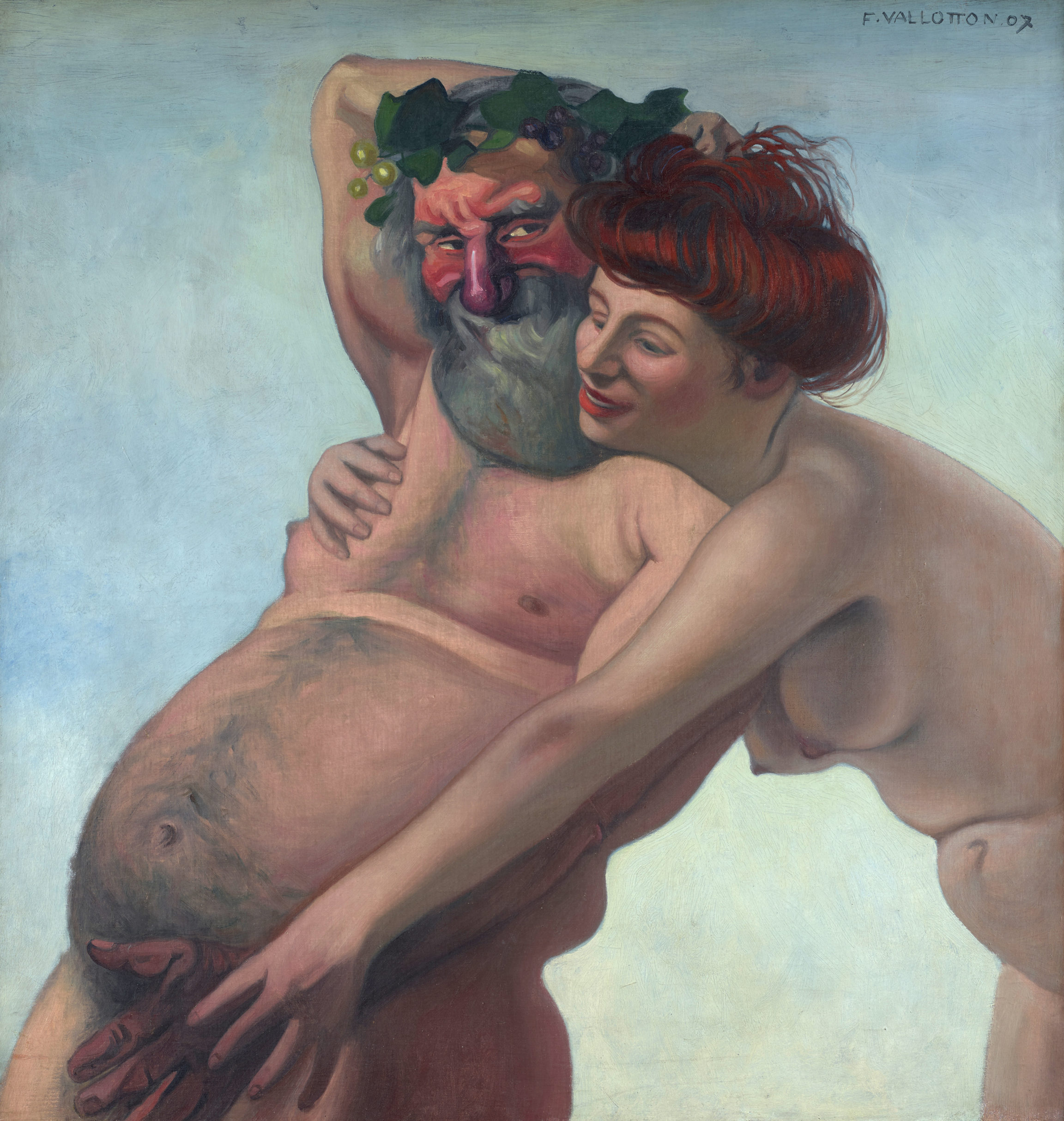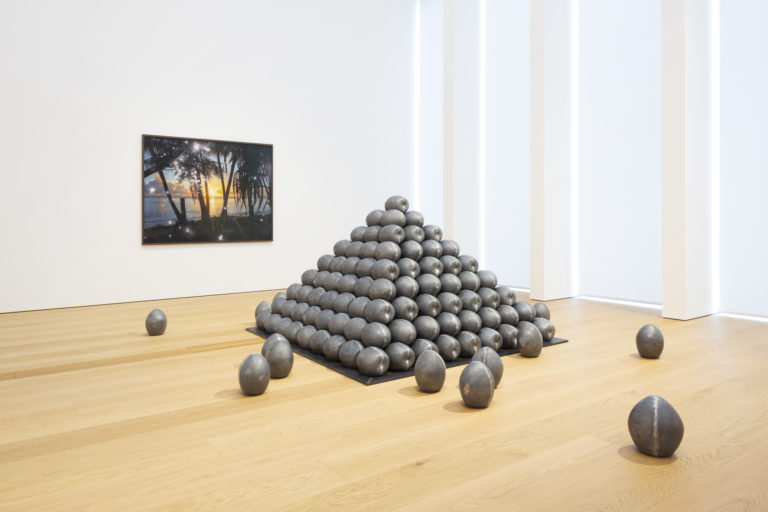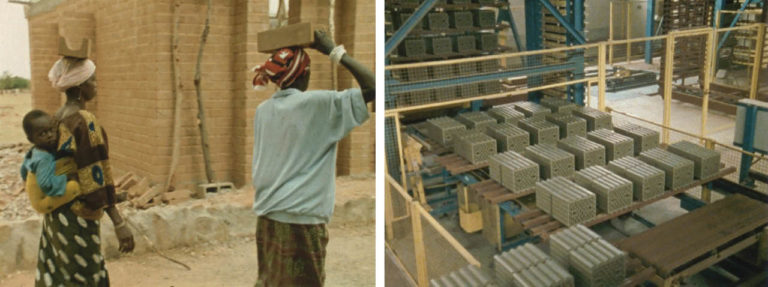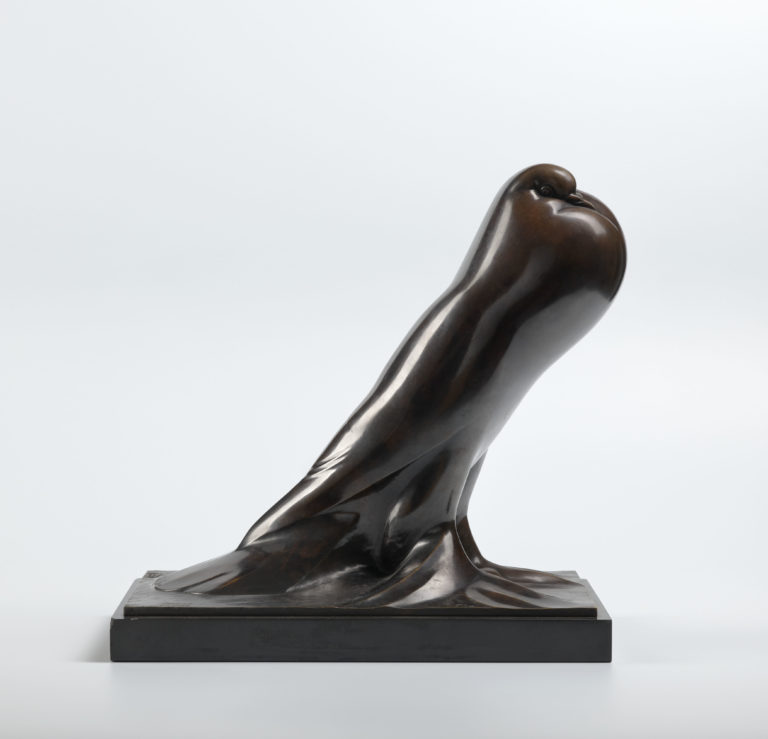Bibliography
Guy Cogeval, Isabelle Cahn, Marina Ducrey and Katia Poletti, Félix Vallotton. Le feu sous la glace, exh. cat. Paris, Musée d’Orsay, RMN – Grand Palais, 2013, n. 147.
Marina Ducrey, in collaboration with Katia Poletti, Félix Vallotton, 1865-1925: l’œuvre peint, 3 vol., Lausanne, Fondation Félix Vallotton, Zurich, Swiss Institute for Art Research, Milan, 5 Continents Editions, 2005: n. 623.




As Félix Vallotton left his Nabi period behind, he began to move on to larger formats, producing a series of canvases featuring bathing women, allegories, and scenes from mythology. Even on the larger scale, his use of linework was as crucial as ever in making figures stand out against swathes of colour. Here, the two figures appear isolated against a neutral backdrop of grey-blue sky, the half-length portraits suggestive of the space beyond the canvas.
Vallotton prepared for the work by producing a number of sketches from life of a young woman, one of which is held in the museum’s collection, and a man named Gerardo Tronia. The rosy-cheeked drunkard, his head wreathed in vine leaves, is clasping the young woman’s chignon, pulling loose some strands of hair as he eyes her lustily. The space between the two figures is shaped by the satyr’s rolls of fat, echoed on the other side by the breasts and belly of a young woman whose hairstyle points to the 1900s.
Vallotton was here inspired by the central group in a Bacchanalia from the studio of Peter Paul Rubens, depicting a satyr propping up a drunken Silenus (circa 1620, London, National Gallery). He may also have had in mind Giambattista Tiepolo’s Pluto abducting Proserpine in the Palazzo Labia, Venice (1747-1750), and the God of the River Main being similarly fondled by a nymph on the ceiling of the Würzburg Residence (1752-1753).
Did Vallotton think his agents at the Galerie Bernheim-Jeune (who also happened to be his brothers-in-law) would agree to show the powerfully erotic work in public? It seems to have been immediately censored, disappearing from the list of paintings Vallotton drew up for an exhibition at the Kaiser Wilhelm-Museum, Krefeld, in 1907.